Installing Renewables: Can You Combine Different Renewable Energy Sources?
Using renewable energy sources to supply your home’s power and heat is becoming increasingly popular among self builders and renovators, as many homeowners are aiming to minimise their carbon footprint. However, it’s rare to be able to partner more than one source of renewable energy.
There’s a host of renewable energy technologies to choose from, so how can you select an effective combination that will help to cut your energy bills and reduce your household’s environmental impact? Selecting the best system for your project will depend on your budget, eco priorities and how far you want to go in reducing running costs.
From heat pumps to solar, biomass boilers and woodburners, here I’m exploring which combinations of renewable power and heat are possible and what might work best for your project.
Combining Renewable Energy Heating Sources
There are four possible sources of renewable heat:
- Biomass, biogas or biodiesel boiler
- Heat pump
- Wood burning stove
- Solar water heater
Heat pumps aren’t strictly speaking a renewable energy source, as electricity is required to power the pump, but they do boost that by concentrating warmth taken from the air or ground. There is a limited supply of green electricity at present – most green tariffs simply hoover up electricity produced by existing renewables.
Biomass, biogas and biodiesel boilers all operate independent of season or time of day, meaning they can produce low-carbon renewable heat whenever required. No backup is needed, so there is little point combining them with each other or with another heat source.
The efficiency of air source heat pumps (ASHPs) falls rapidly in winter when the temperature of the heat source (the air) is at its lowest. Ground source heat pumps can also suffer from a fall in efficiency over a heating season, but not quite so marked. This can be countered by using a hybrid system, which switches to a backup boiler when the temperature of the air drops below a pre-set level.
Read More: Heat Pump Guide: What Are Heat Pumps & How Do They Work?
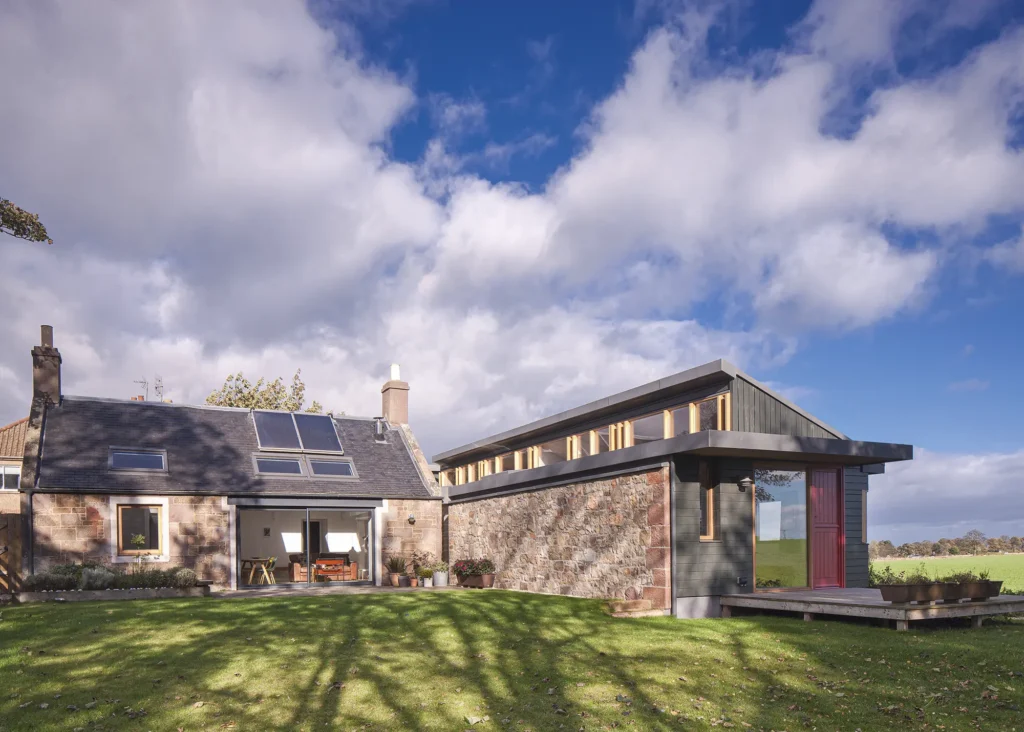
Build It readers Kevin Adams and Lucy Miller transformed an old stone building into a stunning new home, combining solar thermal panels on the roof and a Stovax woodburning stove with back boiler for an energy-efficient heating setup
Most often this is a gas boiler (ie fossil fuel), so it wouldn’t qualify as a combination of renewables. However, for those off the gas grid, it’s possible to use a renewable energy source, such as a BioLPG or biodiesel boiler, as the backup heat source. The system will then all be based on renewable sources of heat.
A hybrid heat pump/boiler will be more expensive to install than a simple ASHP, but cheaper and lower carbon to run. An alternative hybrid system is heat pump ventilation (HPV), which combines heat pump technology with mechanical ventilation and heat recovery (MVHR).
Combining Renewables for Domestic Hot Water
The provision of hot water from combined sources probably offers the best potential for achieving genuinely renewable heat production. Solar water heaters are normally used to provide domestic hot water, rather than space heating. This is because they provide little heat when the weather is cold.
However, a solar water heater combined with a wood burning stove which has a back boiler can provide almost year-round zero-carbon, low-cost domestic hot water. Either the sun is shining and heating the water that way, or the woodburner is on and heat is harvested from the back boiler to the hot water cylinder.
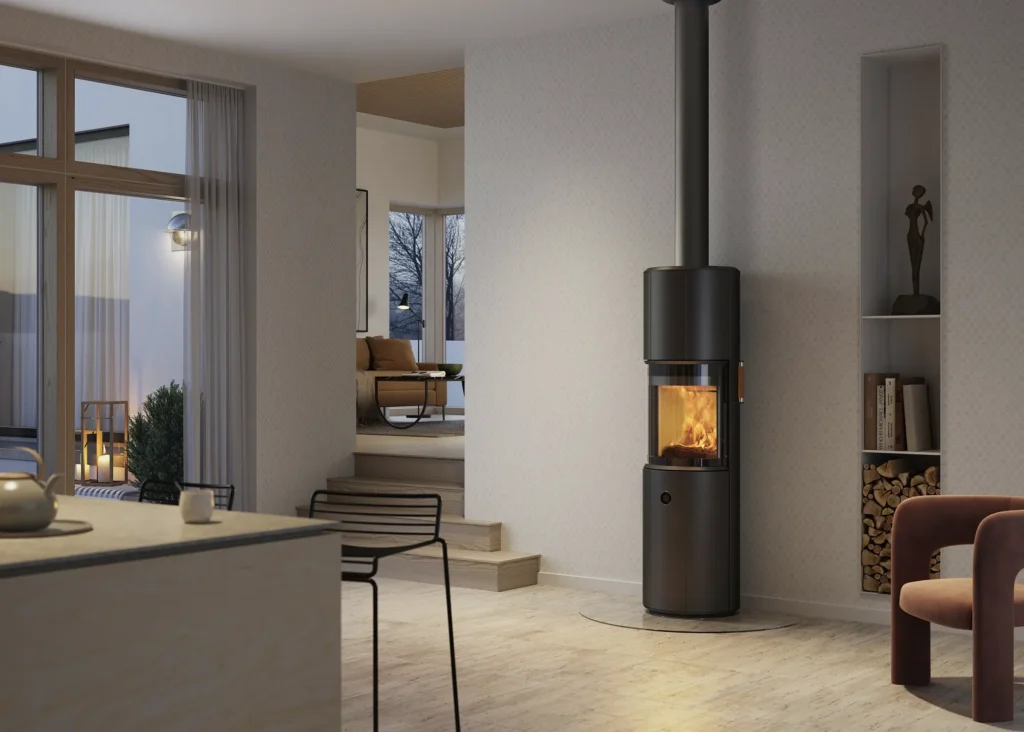
Jotul‘s Scan 67 woodburning stove has an elegant, smooth finish an effortless slimline look, showcasing both angled edges with a self-closing magnetic door, 156 degrees of glass for maximum flame views and a choice of 4 colour handles
There will of course be days when the sun isn’t out, the woodburner isn’t lit and the backup will take over. It goes without saying that a good controller is needed to sense when the different inputs are available and to switch between them to maintain the hot water store at a constant temperature at least use of the backup system.
Learn More: Woodburning Stoves Complete Guide: How to Choose & Install Woodburners
Which Renewable Power Sources Can You Combine?
There is rather less potential for combining sources of renewable power, mainly due to the issue of intermittency. The four potential sources of renewable power are:
- Photovoltaics (PV)
- Micro hydro
- Biodiesel generator
- Micro wind
The most commonly used is PV, which became popular when it was subsidised under the feed-in-tariff scheme. Micro hydro is very rare, as you need to have a suitable watercourse available, as well as the ability to tap into it. So, for the purposes of this guide, we will discount it.
Offshore wind has become the cornerstone of the UK’s move to lower carbon electricity, but this is very large-scale. At the domestic scale, deployment has been limited. This is due to several factors, including the long payback period when compared to PV and restrictions on the types of sites that are suitable for micro wind, as turbulence affects performance.
Both PV and micro wind suffer from the problem of intermittency. No light means no PV generation and, equally, no wind means no wind power. Combining renewables works best when the sources of heat or power offset each other, so that when one isn’t working, there should be a good chance that the other will. Unfortunately, this isn’t the case with wind and solar, as the wind doesn’t always blow at night and the sun cannot be relied upon to make an appearance when the wind stops blowing, especially in the UK.
Build It Award-Winning Renewable Heating SetupWinner of Best Heating Innovation at the 2023 Build It Awards, NIBE’s (www.nibe.eu) PV-T heat pump is a hybrid renewable energy system that uses warmth from PV generation to power a heat pump, delivering low-carbon space heating and instant hot water. Here, the system has been used in combination with a ground-source heat pump as part of a wider retrofit. |
Even when batteries are included, PV in the winter won’t produce enough power for overnight use. This becomes most acute when a site is off grid. As power is needed most of the time, people with off-grid sites use a generator for backup. If you replace the diesel in your generator with biodiesel then – hey presto! – you have a low-carbon backup to your PV or wind generation. However, note that biodiesel is commonly blended with diesel and it’s only B100 which is 100% biofuel.
Also consider that your generator might not be configured to accept B100. B20, by contrast, would only be 20% biodiesel, making it not a 100%-green backup. If you’re not off the electricity grid, then, in practice, you’ll be using the grid for backup when your PV system isn’t operating, so there’s no point introducing a generator. All this means that, for most people, there is very limited scope for combining renewable sources of power.
Combining Renewable Energy Sources: Heat & Power
Solar PV & Heat Pumps
Many people at Build It Live shows tell me that they plan to make the heating of their new home carbon-neutral by combining PV and an air source heat pump. Sadly, that’s not a particularly effective combination as there is a mismatch between supply and demand.
PV produces best in summer when there is no demand for space heating, and an ASHP is needed most for space heating in winter, when PV production is at its lowest. That’s not to say that there aren’t periods in the shoulder months of spring and autumn when PV can power a heat pump.
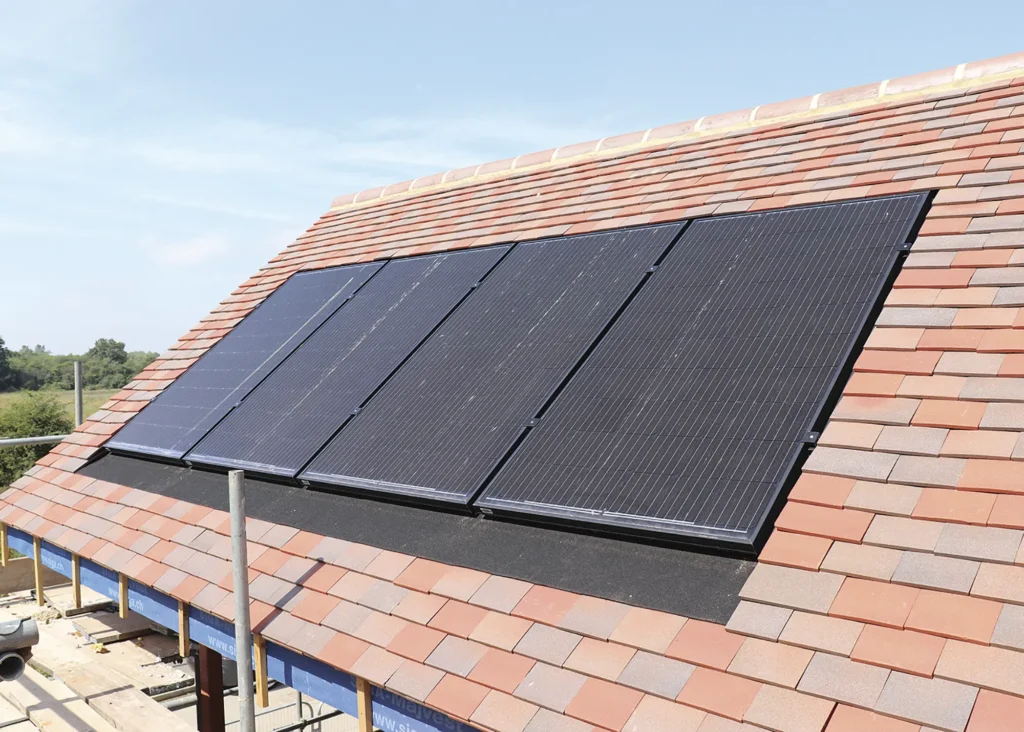
The Build It Education House features a relatively modest in-roof 2.2kW Vision solar panel PV array, supported by a 2.4kW MyReserve battery, both from Solarwatt
Battery storage unfortunately doesn’t help with this inter-seasonal mismatch. Put simply, when the solar resource is good, battery storage can help to transfer daytime production to nighttime load, but it won’t help with the inter-seasonal problem. At best, it might get you through 24 hours in some days during spring and autumn.
In summer, the PV system may produce more than you can store, and in winter, the system will only produce a fraction of what’s needed to drive a heat pump. Much of the time in heating season, you will be largely reliant on grid energy. It’s worth noting that the grid is higher carbon during the winter, as the solar fleet is largely silent.
Learn More: Solar PV Panels: Complete Guide to Home Solar Electricity
Hybrid Solar Systems
There is one combination of renewable heat and power which works well – solar water heating and solar PV. Sometimes this is packaged up and sold together as a hybrid solar panel or PVT (PV and thermal) system.
Normally, this consists of a PV module with a heat collector behind it, so that the PV gets the light and any heat passing through the PV collector is transferred to the solar water heater.
The advantage of such a system is that rather than wasting the sun’s heat which is incident on PV panels, some of this warmth can be harvested and used to heat hot water. The added bonus is that by taking this heat away from the PV panels, they work more effectively as they are cooler.
Although this won’t produce as much heat energy as a simple solar water heater, it doesn’t take up any more space for the same (or higher) PV output for the same roof area. If space on your roof is at a premium, then this could be the right technology for you.






























































































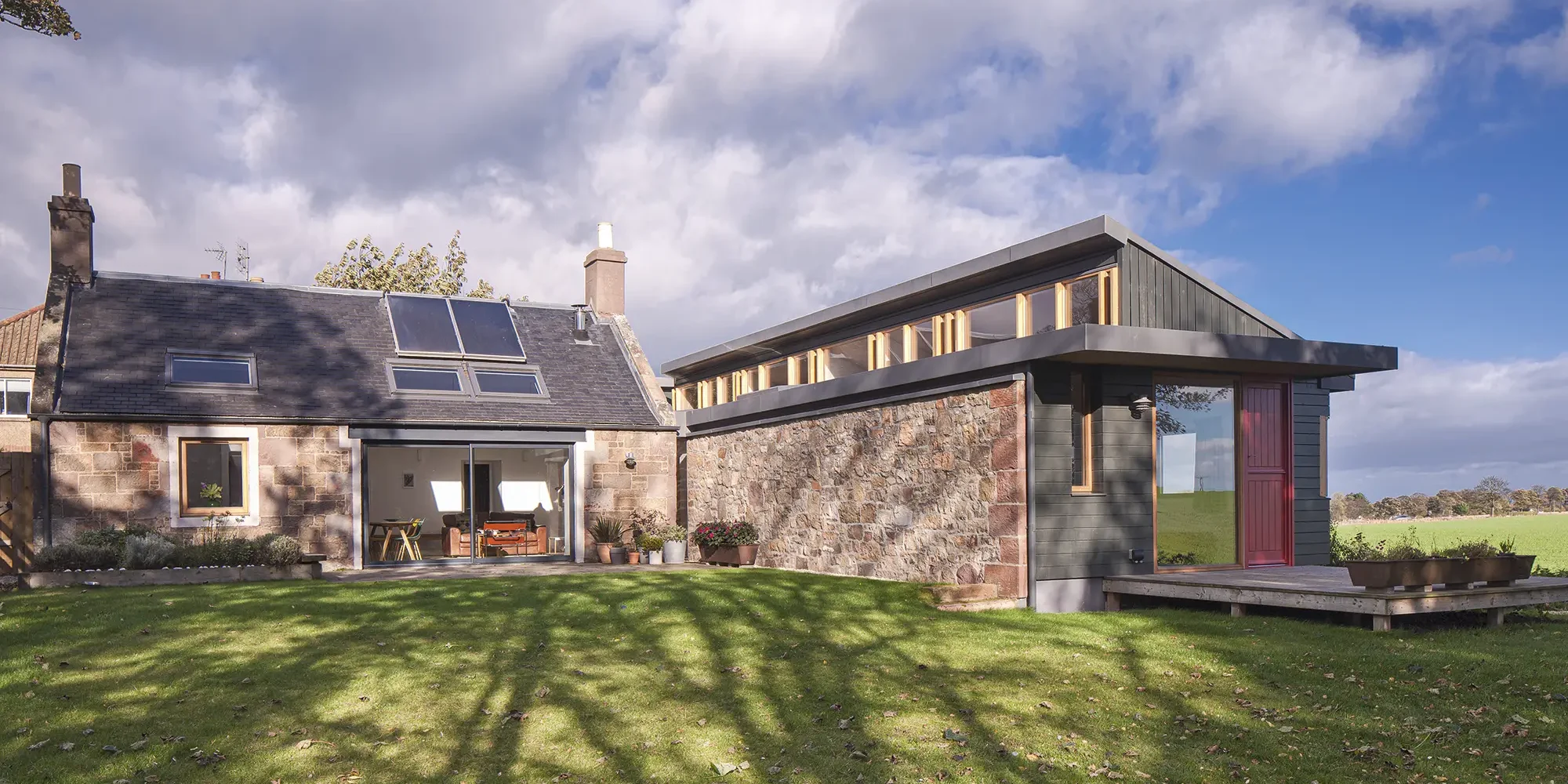
 Login/register to save Article for later
Login/register to save Article for later

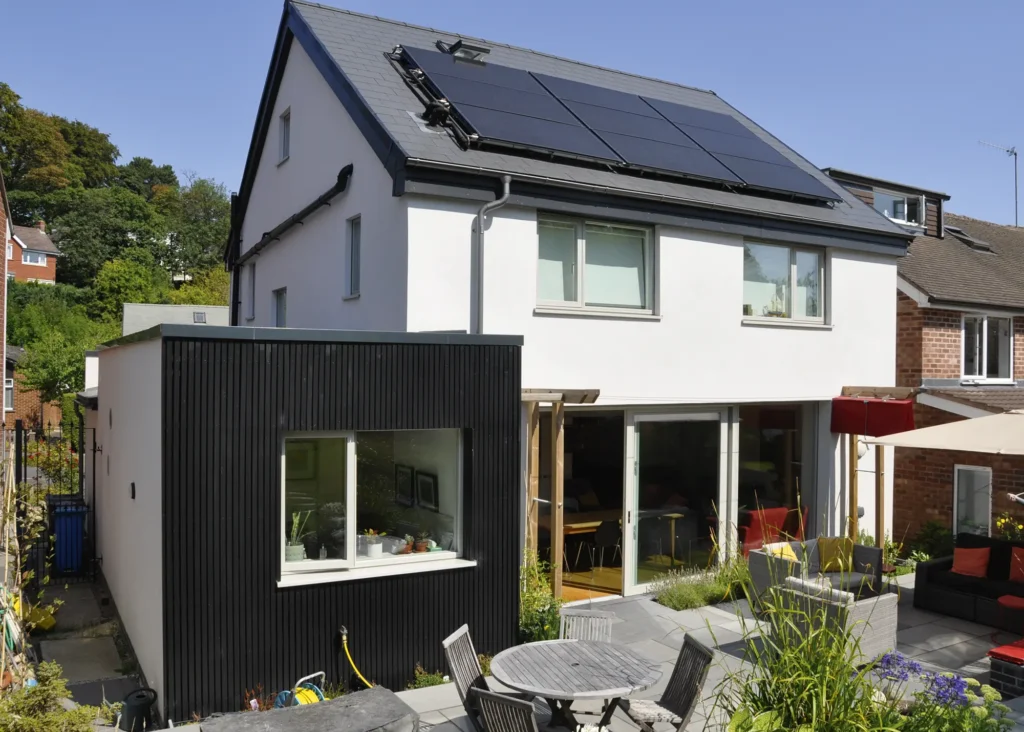
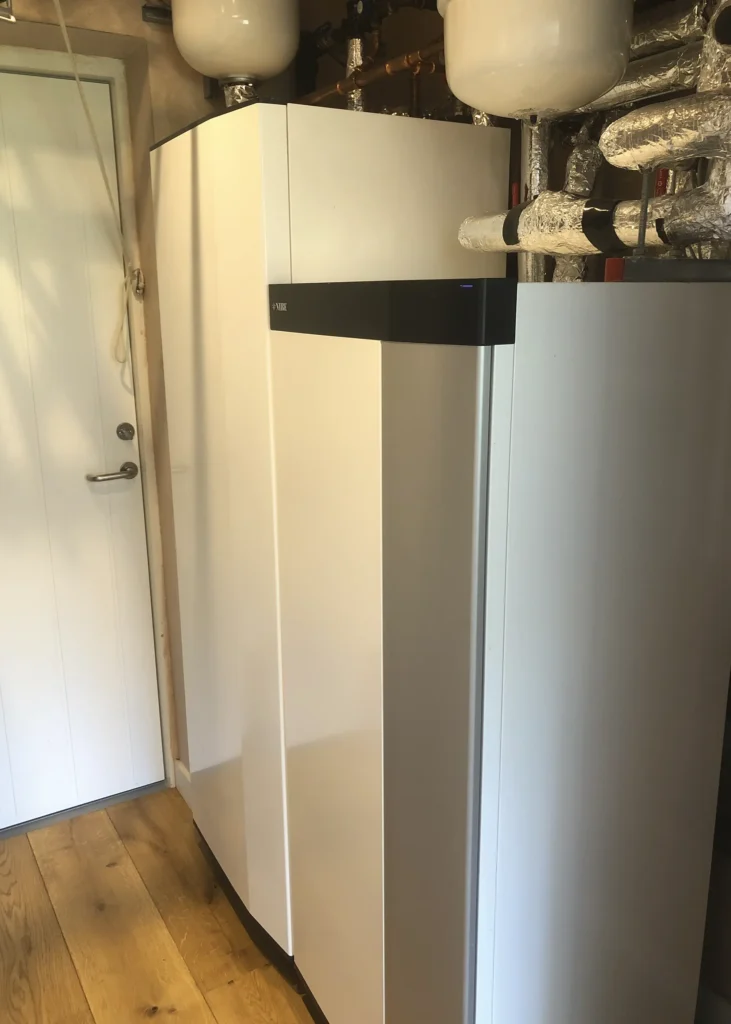
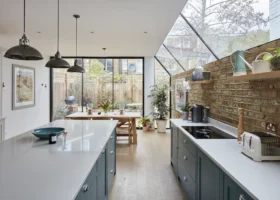
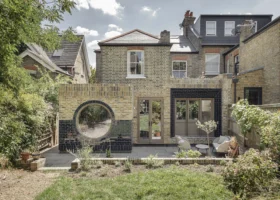

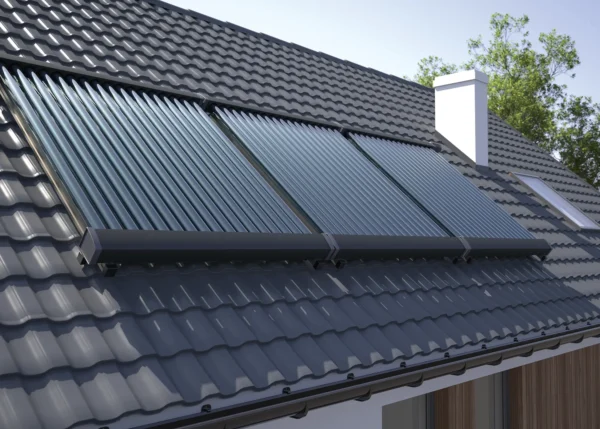

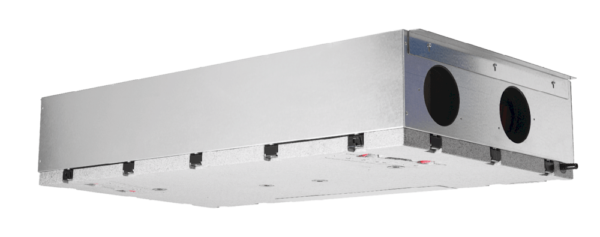
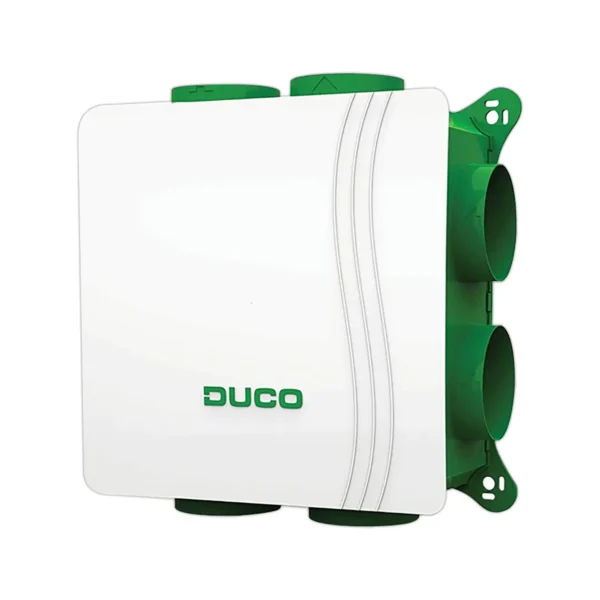
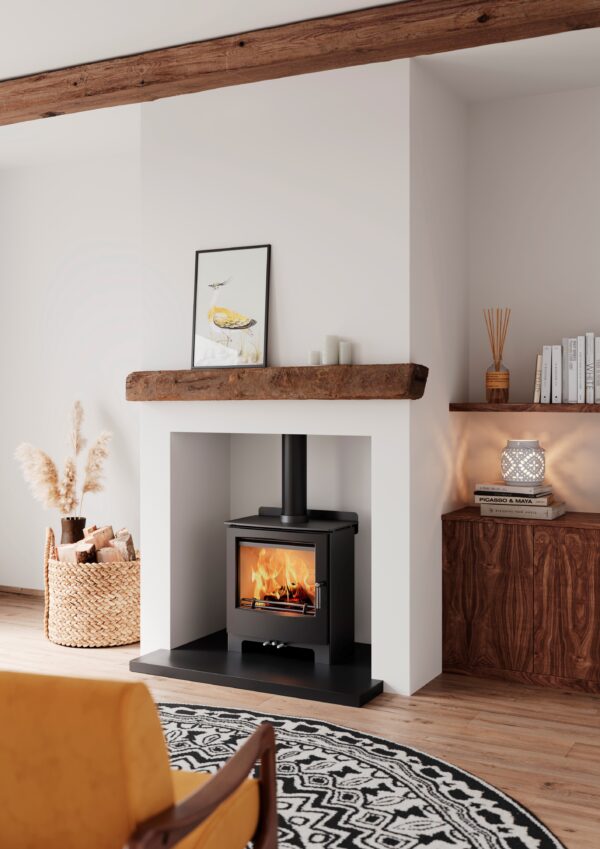
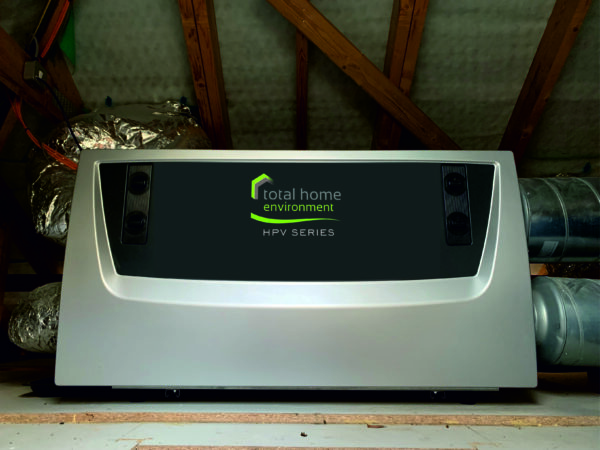




Comments are closed.